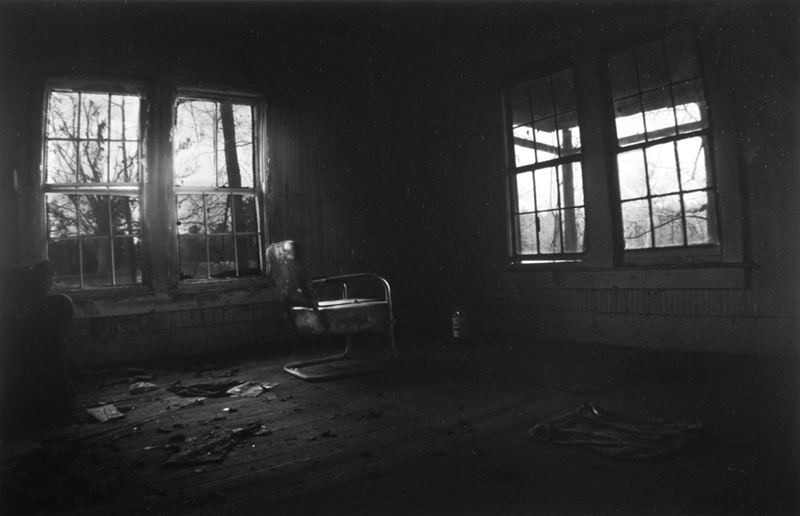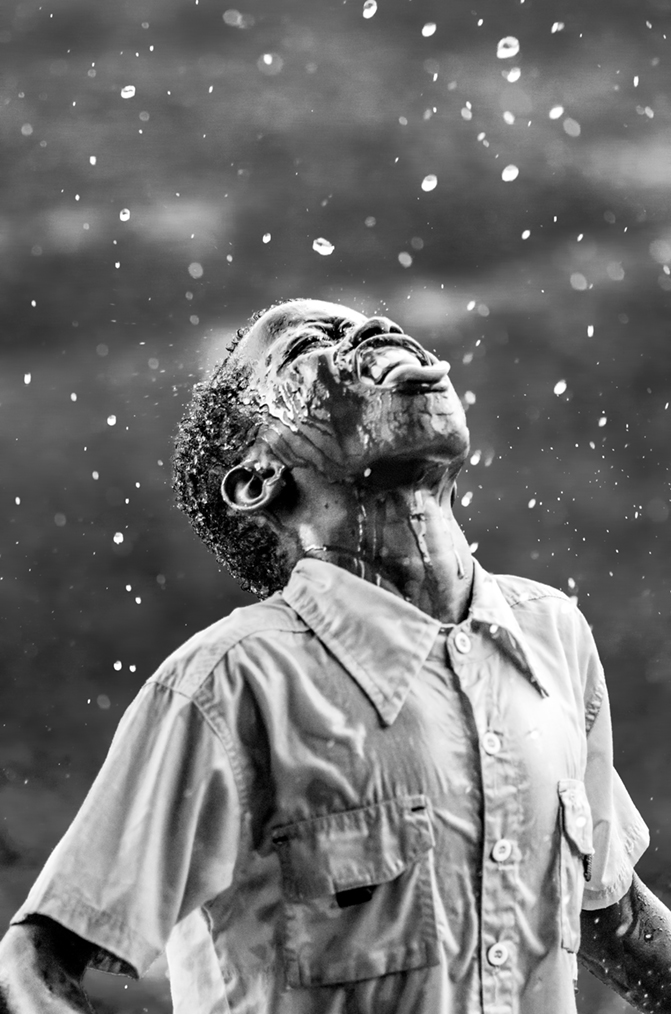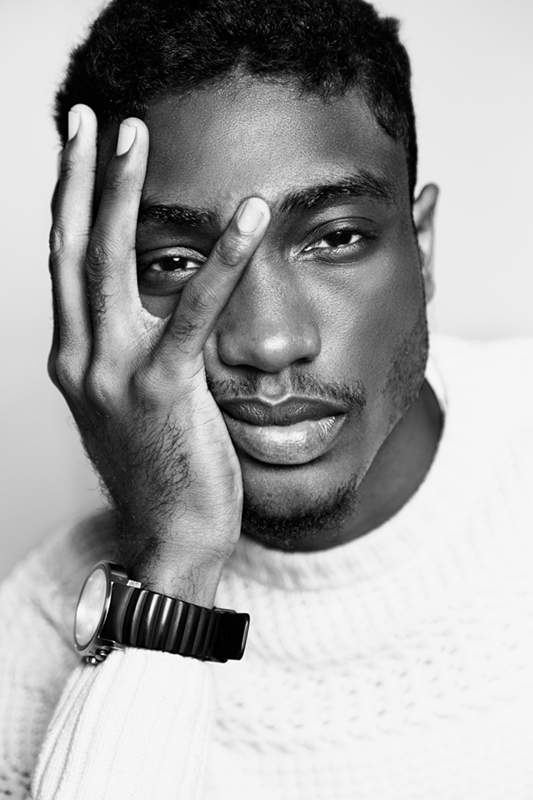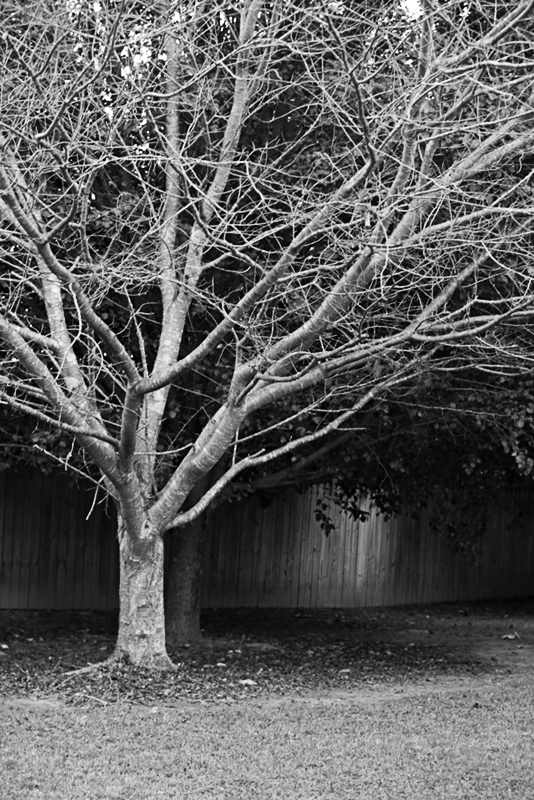
After binge watching several art documentaries last summer, several quotes stuck with me and linger in my mind from time to time. One of these quotes I paraphrased as follows: “Colored photography allows the viewer to pay more attention to the clothing the subject is wearing, but a black and white photograph allows the viewer to pay direct attention to the subject in that image.”

A photograph done in B&W creates a realm between the subject of the photo and the person viewing said image. Without a hint of color that draws sudden attention, the viewer has a deeper look into the darkest shadows and the lightest highlights which intertwine to produce grey midtones. Depending on how you manipulate the contrast between all three, you can produce astonishing grayscale photos which can posses a strong interest in the content within the image.
Darker shadows and lighter highlights can create a high contrast image which works lovely with dynamic lighting photography. The textures of skin, the details in a building and the personality of a random stranger on the street can all be intensified by dropping your photo into a black and white effect.


Dating back to the 19th century when the first patented camera was invented by Alexander Wolcott,color photography was just a dream. Photographers only had grainy black and white images which could be manipulated by manual techniques. Now, it only takes a few clicks in Photoshop to have a grayscale image. The birth of the first set of cameras were a while back but we still see stunning black and white images ever so eerie and balanced.
These two-toned images will always be around. We will never stop seeing them because there is a much deeper connection here. If you are having second thoughts of how your image appears in color, try adding a monochromatic effect to it and you’ll be surprised how it could add a powerful enhancement to the final image.



























